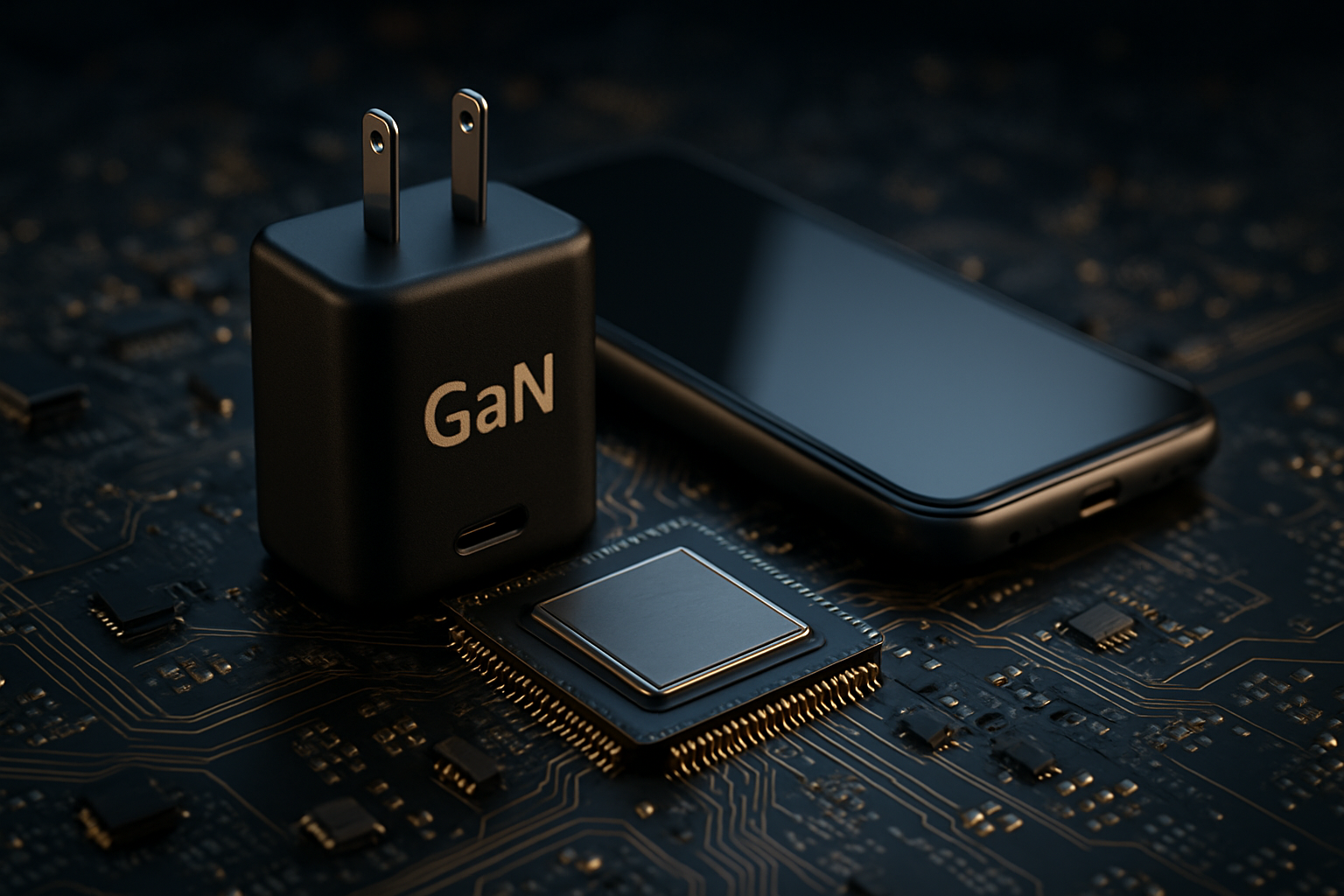Decoding the Future of Telecommunication: Unfurling the Potential of Terahertz Waves
Terahertz waves, a largely unexplored segment of the electromagnetic spectrum, have been creating ripples in the world of telecommunications. Offering immense potential for high-speed wireless data transfer, they promise to revolutionize the way we connect. This article explores the potential, challenges, and practical applications of terahertz wave technology in telecommunications.

A Dive into the History and Technology of Terahertz Waves
Terahertz waves, oscillating at a frequency of a trillion cycles per second, are positioned between microwaves and infrared rays on the electromagnetic spectrum. Despite being discovered almost a century ago, it was only in the late 20th century that scientists started to unravel their potential in telecommunications, primarily driven by advancements in technology.
Current Trends: Terahertz Waves in Today’s Telecom Landscape
Today, terahertz wave technology is emerging as a frontrunner in the race for faster, more reliable wireless communication. It’s being heralded as the technology that could support the next generation of wireless networks, capable of transmitting data at incredibly high speeds.
Decoding the Impact: Terahertz Waves and the Future of Connectivity
Terahertz wave technology could redefine the future of telecommunications, enabling an era of ultra-high-speed wireless connectivity. It could support the exponential growth of data traffic, fueling innovations like immersive virtual reality, ultra-HD video streaming, and real-time cloud computing.
However, the technology also presents significant challenges. For instance, terahertz waves have a limited range and are easily absorbed by atmospheric moisture. Overcoming these limitations will require intensive research and innovation.
Practical Applications: From Theory to Reality
Several practical applications of terahertz technology are already emerging. For example, terahertz scanners are being developed for high-speed, non-invasive security checks at airports. In medical imaging, terahertz waves can potentially deliver high-resolution images without harmful radiation. In telecommunications, terahertz technology could be a game-changer, enabling wireless networks to support data transmission speeds that were previously unthinkable.
Research-Backed Insights: The Road Ahead for Terahertz Technology
The journey towards turning the promise of terahertz technology into reality is backed by extensive research. Leading institutions and tech giants worldwide are investing heavily in this field, aiming to overcome the technical challenges and unlock the full potential of terahertz waves. As the research advances, the vision of ultra-fast wireless connectivity is gradually coming into focus.
In conclusion, terahertz waves hold exciting potential for the future of telecommunications. They could usher in a new era of ultra-high-speed connectivity, transforming the way we communicate, work, and live. However, realizing this vision will require overcoming significant challenges. As research progresses, we can look forward to exciting developments in this cutting-edge field.





